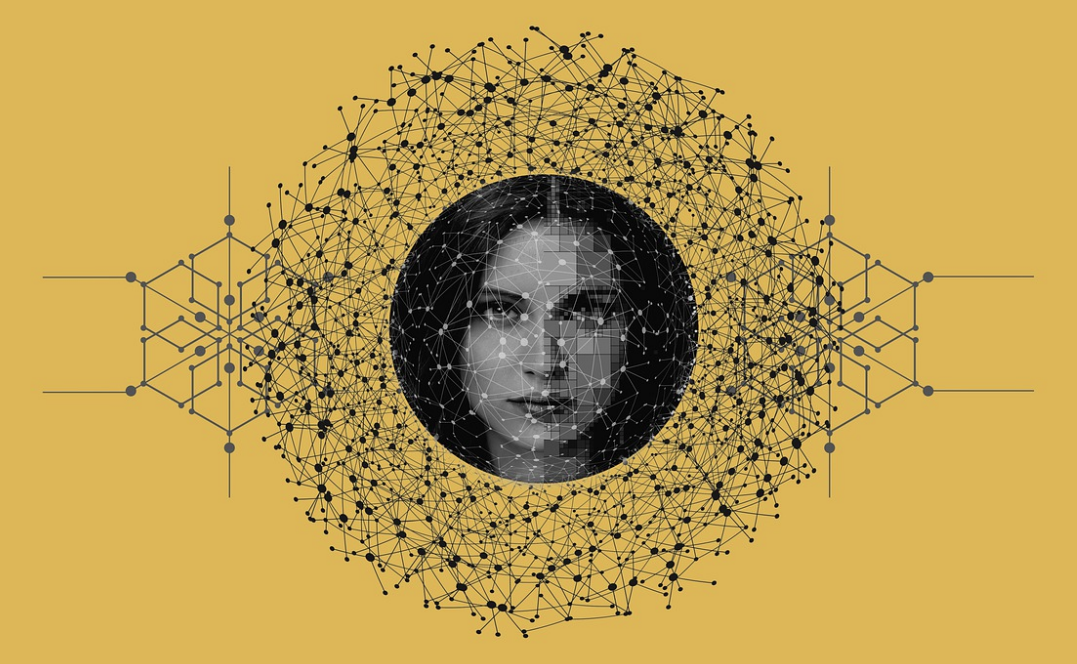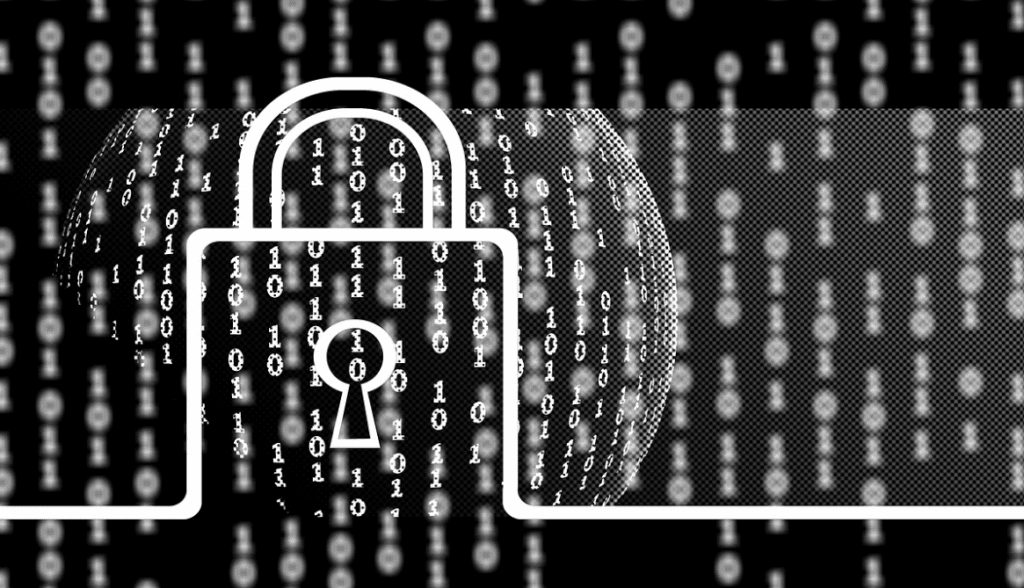Facial Authentication: Five Interesting Applications

We are aware of the stigma surrounding the term and implementation of “facial recognition” technology when it comes to privacy concerns. However, with proper installation and use of this security method, it undoubtedly is the gold standard for tamper-proof security. With a number of versatile applications, it’s completely possible to preserve the privacy of users and ensure any data that is collected has end-to-end encryption as well, making this tech an invaluable asset to any security system.
Implementing Facial Authentication
Many businesses already have a form of access control in place. This may be ticketing systems, proximity cards, or passcodes. However, due to increased security threats, many organizations have been seeking out other options for increasing their security posture. From adding a layered approach to completely replacing their existing solutions, biometrics is taking the front seat. You yourself are likely using biometrics daily to secure your own data, be it unlocking your phone or gaining access to mobile banking.
However, from a business-to-business (B2B) side of things, some organizations may be uncertain how to best utilize biometrics to secure their space. Or perhaps do not know enough about the technology itself to truly grasp the benefits. Below are the top five facial authentication applications which can be utilized for access control and increase the efficiencies within the workplace.
Door Access
Utilizing facial biometrics for access control at entry points can provide a more efficient, frictionless pass-through at events, offices, and secure areas. Unlike facial recognition software, facial authentication software requires the staff members to agree to their faces being scanned for security. Meaning, the software is not recording and monitoring at all times for means of surveillance. Alternatively, individuals are aware they are taking part in a security scan at specific access points.
Because of this permissions system, all employees would need to do is look at the scanning device as they approach the controlled area, and they would either be allowed or denied entry, depending on their access credentials. This is all operating in real-time, meaning staff members don’t have to wait for the scan to complete at the door. And, unlike passcodes, proximity cards, or tickets, the entire process is hands free.
Furthermore, some facial authentication software solutions also offer tailgating alerts. These too are in real-time, with the system monitoring if an unauthorized party enters a secure space by following an authorized staff member in. If and when this may take place, the proper staff members are notified of the potential security breach.
Expediting Travel with Smart Gates
Using facial authentication for employees and other professionals who work at the airport allows them to gain access to various controlled areas within the transportation system quickly and efficiently. Similar to other business sectors, the use of facial authentication within this industry can also increase the security posture of access control.
This can be achieved by using biometrics instead of physical access cards, tickets, badges, and passcodes. By eliminating these forms of access credentials the air-transportation sector will be far more secure knowing only those who are supposed to gain access have done so as credentials cannot be shared, lost, or stolen.
Autonomous Enrollment
Unlike other forms of access control measures, facial authentication solutions can be easily installed with control images scanned easily at enrollment points. At this point, the credentials are set by the proper staff member, and these credentials are shared amongst all entry points that are controlled by the security solution. Therefore, a single enrollment scan allows for at-the-door access without human intervention at enrollment points. Additionally, with the use of facial authentication technology that utilizes advanced AI, rescans for staff members are not necessary as basic appearance changes like weight loss or gain, facial hair, eyewear, or masks.
This has been proven incredibly efficient and effective for the use of biometrics in healthcare. Healthcare professionals do not need to remove their masks at various access points, nor do they have to commit to a hands-on authentication approach. Alternatively, it is all hands-free. Coupled with the real-time authentication process, healthcare professionals can go about their busy schedules without interruption.
Privacy Protections
Modern facial authentication is designed with privacy protections in place and strengthened with user consent. This means, employees know when they are being enrolled into the facial authentication software system, and understand the use of the system itself. Unlike facial recognition, which is often used as a surveillance tool and monitors areas 24/7, facial authentication is not used for monitoring the surrounding areas outside of the entry points. Alternatively, it is merely a gatekeeper to prevent unauthorized third-parties from entering.

Secure Data Collection
Lastly, upon enrollment employees understand their facial biometrics will be stored within the system, as well as their specific access credentials. However, none of this is stored in plain text, and does not include any forms of their personally identifiable information (PII). All of the data included for the use of facial authentication is shared from scanning station to scanning station and is completely encrypted and cannot be reverse-engineered to produce an image or gain any information.
Conclusion
From bolstering the security stack for access control, to increasing efficiencies for business operations, facial authentication proves to be the best solution. With its frictionless, hands-free technology, many organizations are opting for this sanitary solution that offers security without compromising employee PII. Don’t wait until a breach happens and you are forced to react to the issue. Be proactive, strengthen your security posture now, and prevent the breach in the first place with biometric access control.
Also Read: Top Software Testing Tools




